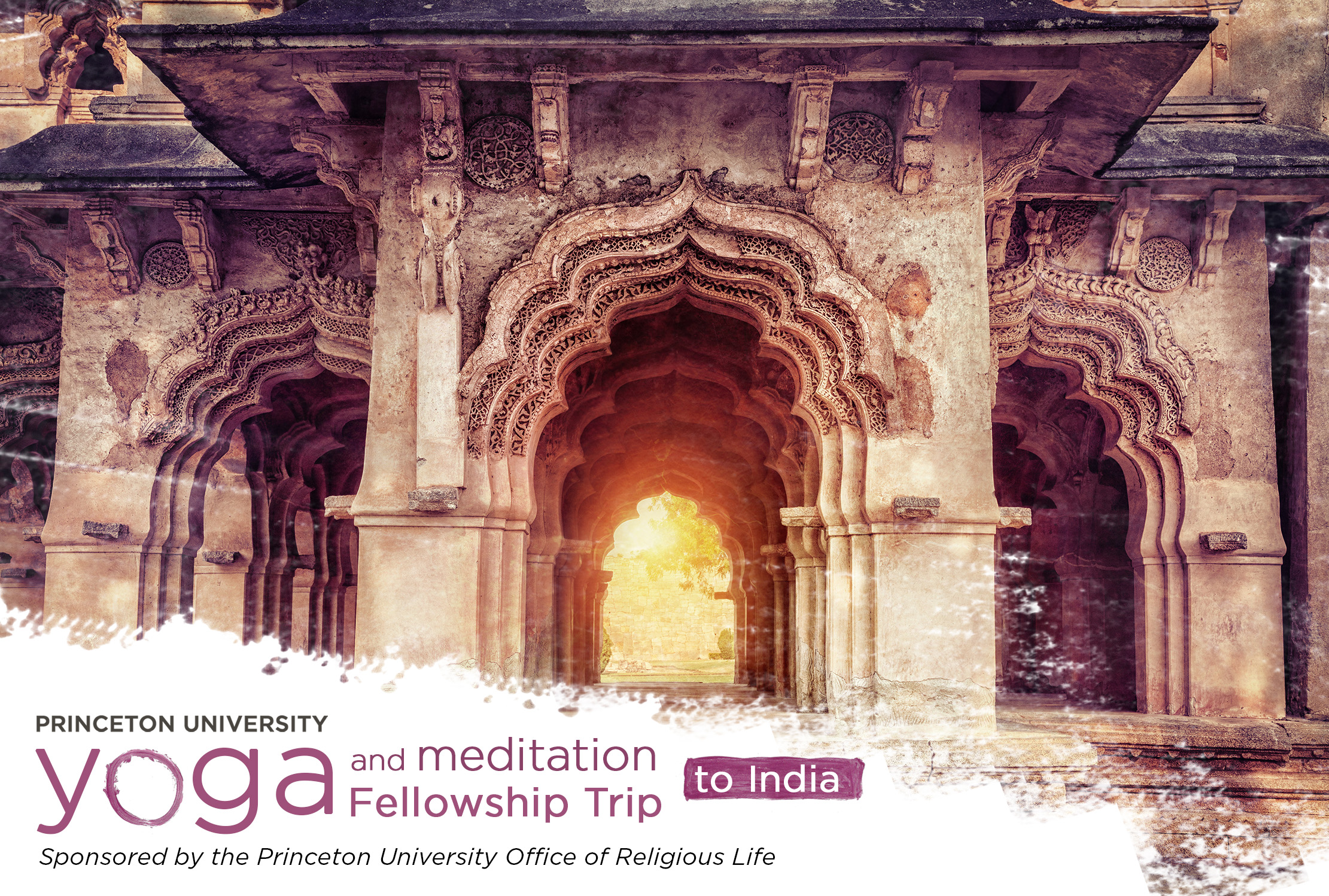Ending our fourth day of morning yoga class, I felt at ease with the postures we had moved through and sensed my peers felt similarly. Throughout the class we had looked steady and strong in our poses—a stark difference from the first morning when our jet-lagged bodies struggled and resisted each movement. Throughout the day, I had a relaxed disposition and engaged deeply with our discussion of the foundations of yoga philosophy.
After an engaging series of presentations at the Kaivalyadhama Ashram, we rolled out our mats for a short asana session. With the morning’s success still fresh in my mind, I was not expecting the challenge ahead. Beginning the class, the instructor told us to close our eyes and keep them closed for the entire practice. As a visual learner, I anticipated this would be a test, but I took comfort in my familiarity with many of the poses.
However, I quickly realized that my previous yoga experience relied heavily on visual cues. Unable to see the form I was attempting to replicate or even where my own body was, I was forced to have a heightened sense of body awareness. When the instructor commanded, “bend your legs” I had to decipher which direction this implied and imagine the posture we were moving towards. Throughout the session I struggled and could sense my peers were confused as well. Breaking form, I occasionally opened my eyes to quickly check that my body had ended up in the correct position. These brief lapses did not go unnoticed and the instructor would gently remind me (and I assume other students) to keep our eyes closed.
Attempting yoga with my eyes closed was an ironically eye-opening experience, as I realized how unstable my current practice was. Without my eyesight, the poses felt new and challenging. I had to engage both my body and mind in different ways to maintain form and remain relaxed. While I will likely keep my eyes open during tomorrow morning’s session, I will keep in mind the lessons I learned today.
– Michelle C.
